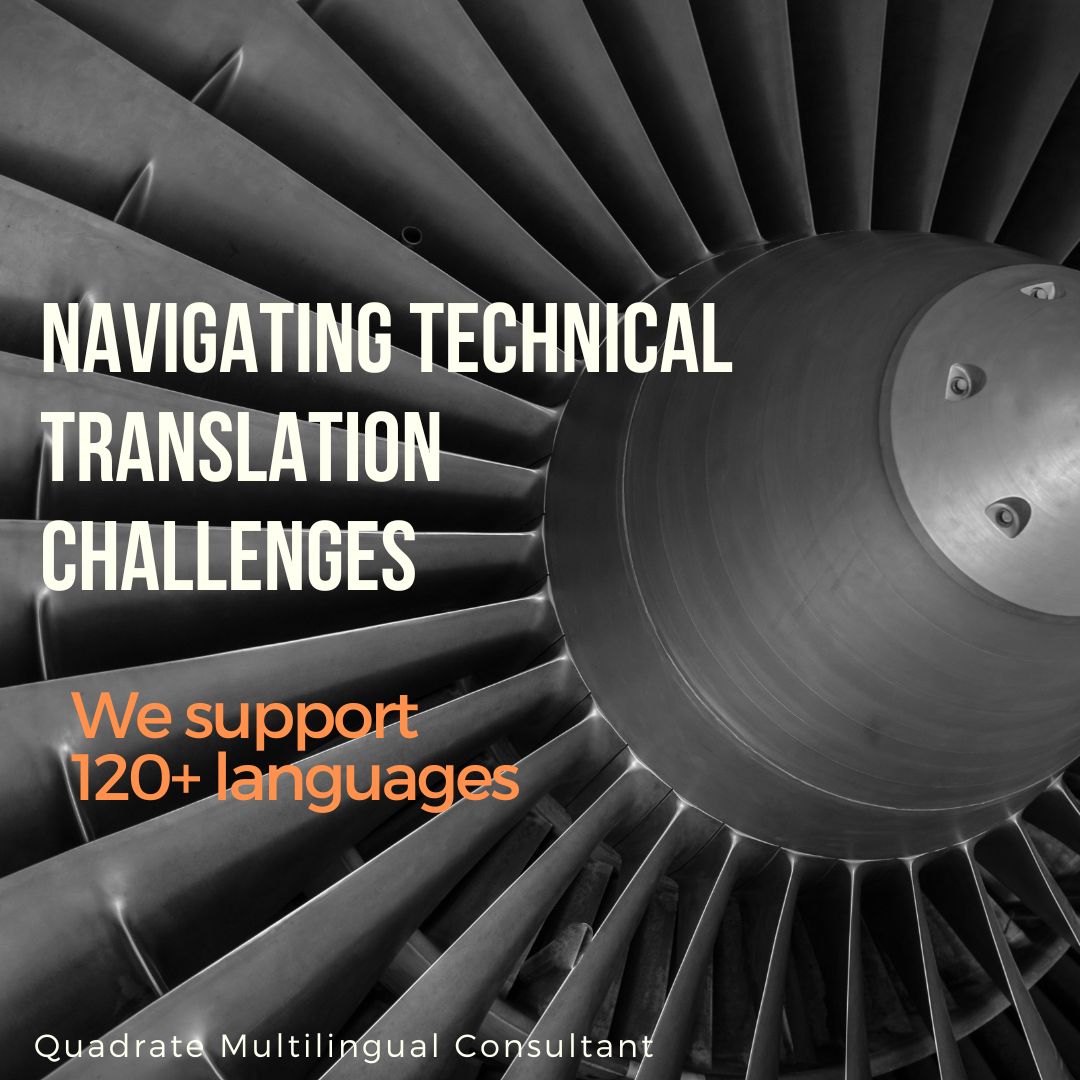In today’s interconnected world, technical translation plays a pivotal role in facilitating communication across borders and industries. Whether you’re translating engineering blueprints, software documentation, or medical research papers, the process comes with its own set of unique challenges. In this blog post, we’ll explore how to navigate these challenges effectively.
- Specialized Terminology: Technical documents are often riddled with industry-specific jargon and acronyms. To tackle this challenge, it’s crucial to have a deep understanding of the subject matter. Translators with expertise in the relevant field are better equipped to accurately convey complex concepts and terminology.
- Consistency: Maintaining consistency in terminology and style is paramount, especially in lengthy technical documents. Create and adhere to a glossary of terms specific to your project to ensure that translations remain uniform throughout the document.
- Cultural Context: Technical translation isn’t just about converting words from one language to another; it’s also about adapting content to suit the cultural context of the target audience. Be aware of cultural differences that might affect how certain concepts are perceived and adjust your translation accordingly.
- Precision: Technical documents demand precision. Errors or misunderstandings can have serious consequences. Proofreading and quality assurance are essential to ensure that the translated content is accurate and error-free.
- Clarity: Remember that your audience may not have the same technical background as the original author. Strive for clarity and simplicity in your translations without sacrificing accuracy. It’s often better to err on the side of over-explaining rather than leaving room for misinterpretation.
- Use of Technology: Leverage translation software and tools to enhance efficiency and maintain consistency. These tools can help manage large volumes of text and ensure that terminology remains uniform throughout the document.
- Subject Matter Experts: Whenever possible, consult with subject matter experts during the translation process. Their insights can help clarify complex concepts and ensure that the translation accurately reflects the original content.
- Legal and Regulatory Compliance: In fields like healthcare, legal, and manufacturing, compliance with regulations and standards is critical. Ensure that your translations adhere to the relevant laws and regulations in the target region.
- Continuous Learning: Languages evolve, and so do industries. Stay updated on industry trends and changes in terminology. Continuous learning is key to staying at the top of your game as a technical translator.
- Communication: Maintain open lines of communication with your clients or team members. Regularly clarify doubts and seek feedback to improve the quality of your translations.
In conclusion, technical translation is a complex but vital task in our globalized world. To navigate its challenges effectively, you need a combination of expertise in the subject matter, linguistic proficiency, attention to detail, and the right tools. By staying committed to accuracy, consistency, and clear communication, you can ensure that your technical translations serve their purpose effectively, bridging gaps and facilitating international cooperation in various industries.
Contact Us
Ready to conquer technical translation challenges with confidence? Contact Quadrate today and unlock the power of precision, clarity, and consistency in your translations. Get started now and elevate your translation game to new heights!

